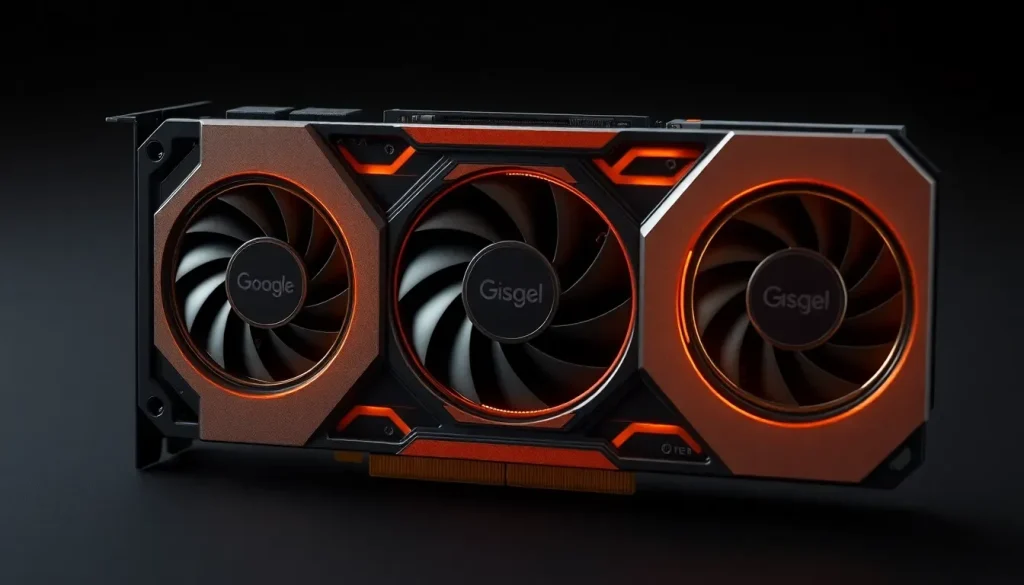Google Acknowledges Need to Optimize Tensor G5 GPU

The release of Google's Tensor G5 System on a Chip (SoC) has generated significant interest and scrutiny, particularly concerning its GPU performance. As technology enthusiasts seek to understand the intricacies of this hardware, it becomes evident that there are both strengths and weaknesses tied to this innovation. In this article, we will delve into the details of the Tensor G5 GPU, its performance metrics, and the responses from Google regarding its optimization efforts.
The Tensor G5 utilizes Imagination's IMG DXT-48-1536 GPU, a component that has reportedly faced challenges in delivering the expected performance levels. As users and reviewers have pointed out, issues such as overheating and throttling are prevalent, raising questions about the efficiency and design of the GPU.
- Google's commitment to improving GPU performance
- Understanding the performance metrics of the Tensor G5 GPU
- Comparative analysis: Tensor G5 vs. other GPUs
- Future updates and expectations for the Tensor G5
- Potential impact of the Tensor G5's performance issues
- Conclusion: The path ahead for Google and the Tensor G5
Google's commitment to improving GPU performance
Recently, Google acknowledged the performance shortcomings of the Tensor G5 GPU. The company has expressed its intent to enhance driver quality through regular updates, indicating a proactive approach to address user concerns.
According to a statement from Google, the company said:
"We are continuing to improve driver quality in our monthly and quarterly system updates. For example, the most recent September and October patch releases included driver improvements. In future releases, we are planning further GPU driver updates."
This admission reflects Google's understanding of the challenges currently faced by users of the Pixel 10 device, which harnesses the Tensor G5. The cautious wording in their announcement suggests a careful navigation of expectations, especially considering that Imagination maintains control over the DXT-series drivers, leaving Google dependent on their updates for foundational driver improvements.
Understanding the performance metrics of the Tensor G5 GPU
When assessing the GPU performance, benchmarks play a crucial role. The Tensor G5's AnTuTu 10 GPU score is noteworthy, as it scores a mere 40% of what is achieved by the MediaTek Dimensity 9500's ARM Mali-G1 Ultra MC12 GPU. This stark comparison highlights the gap in performance and raises concerns about the efficacy of the IMG DXT-48-1536 GPU within the Tensor G5 architecture.
- Tensor G5 AnTuTu Score: 40% of MediaTek Dimensity 9500's score
- Overheating Issues: Reports suggest the GPU heats up quickly under load.
- Throttling Problems: Users have noted significant performance drops during prolonged use.
The implications of these performance metrics are critical for consumers and developers alike, as they signal the need for further optimization and enhancements to meet the demands of modern applications and gaming.
Comparative analysis: Tensor G5 vs. other GPUs
Benchmark comparisons reveal insights not only into the Tensor G5's performance but also how it stands against competitors. Here’s a look at how the Tensor G5 measures up against other prominent GPUs:
| GPU | AnTuTu Score | Performance Characteristics |
|---|---|---|
| Tensor G5 | 40% of Dimensity 9500 | Throttling and heating issues |
| MediaTek Dimensity 9500 | High | Efficient performance, lower heat generation |
| Snapdragon 8 Gen 2 | Higher than Tensor G5 | Superior gaming capabilities, stability |
Such comparisons underline the competitive landscape in which Google finds itself, pushing the company to prioritize improvements in its technology.
Future updates and expectations for the Tensor G5
As Google moves forward with its commitment to enhancing the Tensor G5 GPU, users are eager to see tangible improvements. The expectation is that upcoming driver updates will mitigate the current performance issues and provide a smoother experience for Pixel 10 users.
- Monthly and Quarterly Updates: Regular improvements are anticipated.
- Focus on Throttling: Primary goal to resolve overheating issues.
- User Feedback: Essential for guiding future updates and optimizations.
These updates not only aim to address immediate concerns but also shape the future trajectory of Google's hardware development, especially as it competes in a market that evolves rapidly.
Potential impact of the Tensor G5's performance issues
The performance issues associated with the Tensor G5 have broader implications beyond just user experience. They affect:
- Consumer Trust: Users may hesitate to invest in future Google devices.
- Developer Engagement: App developers might find it challenging to optimize for a GPU that struggles under load.
- Market Position: Google's ability to compete against established brands may be hindered.
Addressing these challenges is critical for Google to maintain its relevance and reputation in the tech industry.
Conclusion: The path ahead for Google and the Tensor G5
The journey for the Tensor G5 is just beginning, and while there are hurdles to overcome, Google's acknowledgment of the issues is a step in the right direction. As the company focuses on driver improvements and addresses user concerns, there is hope for enhanced performance and a better experience for Pixel 10 users.
For those interested in further insights and discussions surrounding the Tensor G5, you may want to check out this video that delves into the benchmarks and performance evaluations:




Leave a Reply